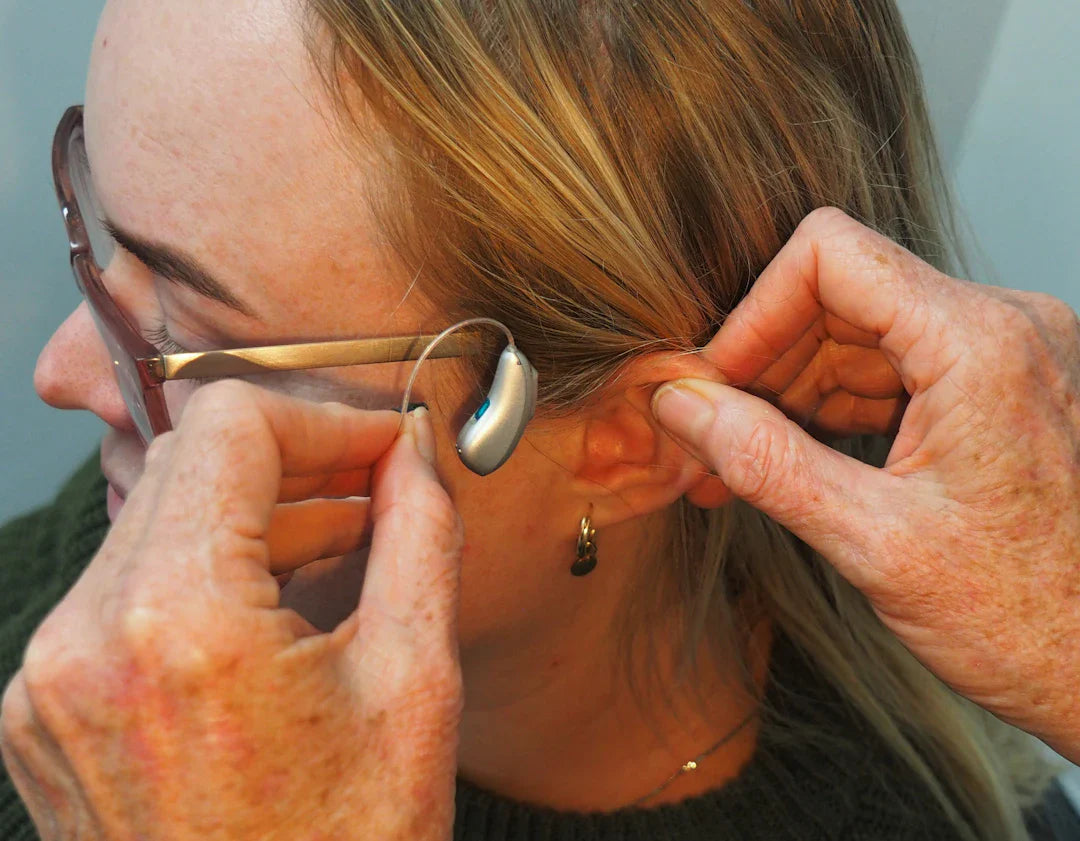In this fast-paced and connected world, hearing aids have proven to be invaluable tools for individuals with hearing loss. These remarkable devices not only amplify sound but also provide an array of settings to meet your specific needs. Understanding how to adjust the volume and settings of your hearing aids is crucial to optimize your hearing experience and ensure you make the most out of your device. In this article, we will guide you through the process, step-by-step.
1. Familiarise Yourself with Your Hearing Aids
Before diving into adjusting the volume and settings of your hearing aids, it's essential to get acquainted with your specific model. Each hearing aid comes with its own set of features and functionalities. Explore the user manual provided by your audiologist or manufacturer to understand the different controls and buttons your hearing aids have to offer.
2. Adjusting the Volume
One of the primary functions of your hearing aids is to amplify the sounds around you. Each individual's hearing loss is unique, so it's important to find the right volume level that suits your needs. Most hearing aids have dedicated buttons or wheels to adjust the volume. Start at a lower volume and gradually increase it until you find a comfortable listening level.
3. Understanding the Different Programs
Hearing aids are equipped with various programs or settings that are designed to optimise your hearing experience in different environments. These programs can be toggled between to adapt to specific situations such as quiet conversations, noisy restaurants, or outdoor activities. Refer to your user manual to learn how to switch between programs on your hearing aids.
4. Customising Settings for Noise Reduction
In noisy environments, background noise can be overwhelming and hinder your ability to hear conversations clearly. Many hearing aids offer noise reduction or suppression settings to enhance speech clarity. Experiment with these settings and find the level of noise reduction that works best for you.
5. Utilising Directional Microphones
Directional microphones are a common feature found in many hearing aids. These microphones focus on capturing sound from specific directions while reducing background noise from other directions. By adjusting the settings of your hearing aids, you can switch between omnidirectional and directional microphones, depending on the listening environment.
6. Tackling Feedback and Whistling Sounds
If you're experiencing feedback or whistling sounds while wearing your hearing aids, it may be an indication that the volume is set too high. Lower the volume until the feedback subsides. In some cases, repositioning the hearing aid or ensuring a proper fit can also eliminate feedback issues.
7. Balancing Bass and Treble
Hearing aids often offer the ability to adjust the balance between bass and treble frequencies. These settings can significantly impact the clarity and quality of the sounds you hear. Experiment with the bass and treble controls to find a balance that suits your hearing preferences.
8. Exploring Connectivity Options
Many modern hearing aids are Bluetooth-enabled, allowing you to connect them wirelessly to your smartphone, television, or other audio devices. This connectivity allows for seamless audio streaming and control through dedicated smartphone apps. Familiarise yourself with the connectivity options offered by your hearing aids to enhance your listening experience further.
9. Regular Earwax Removal
Earwax buildup can occlude the sound from reaching the hearing aid's microphone, negatively affecting its performance. Maintaining good ear hygiene and regularly removing excess earwax is essential. However, it's important not to probe your ears with any sharp objects, as this can cause damage. Consult an audiologist for safe earwax removal methods.
10. Seek Professional Guidance
While this guide provides a general understanding of adjusting hearing aid settings, it's crucial to remember that every person's hearing loss is unique. Audiologists are experts in audiology and can provide personalised assessments, advice, and fine-tuning of your hearing aids. Regular check-ups and consultations with your audiologist will ensure your hearing aids are optimally adjusted for your individual needs.
11. Embrace the Journey
Introducing hearing aids into your life is a significant step towards better hearing. Adjusting to hearing aids may take time and patience. It's essential to persist and be proactive in learning how to optimise your device's settings. Remember, each small adjustment brings you closer to a world of enhanced hearing and improved communication.
12. Celebrate Improved Hearing
With the proper adjustment of volume and settings, your hearing aids become powerful tools that allow you to participate fully in conversations, enjoy music, and engage in all the sounds of life. Embrace these newfound possibilities and celebrate the gift of improved hearing that hearing aids provide.
In Conclusion
Mastering the art of adjusting volume and settings for your hearing aids empowers you to make the most out of your device, enhancing your overall hearing experience. Take the time to familiarise
yourself with your hearing aids, explore the different programs and settings, and seek professional guidance when needed. With these steps, you will unlock a world of clearer and more vibrant sound, revolutionising the way you interact with the world around you.




